”The 70s began and Eko led by Augusto Pierdominici prepares to face the new decade with determination, with new cutting-edge products both from the new Ekoelettronica department and from Remo Serrangeli's Guitars department.
Lorenzo
While at first the manufacture of Ekosonic organs and amplifiers was entrusted to Galanti and in ’65 to Cremonini (who produced Viscount, Duke, Herald and Valet but also the pickups for the Eko and Vox guitars that previously came out of CRB), in 1968 Eko founded EME with Danieli Milano, JMI and Thomas and took charge of the production of Eko branded electronic instruments, while the furniture that contained the electronic parts were manufactured in two departments managed by the wood section of Remo Serrangeli, who continued to deal with guitars, workshops and maintenance.
After the design of the beautiful Auriga guitar and bass model, Augusto Pierdominici moves on to lead the newborn electronic design department of Eko, which will see Felice Labianca in charge of the design and costs department and who got off to a great start in 1972 with the birth of the incredible ComputeRythm.
The ComputeRythm is the first fully programmable drum machine in history, a little monster that would have made history thanks to the albums of names like Tangerine Dream, Manuel Gottsching (who bought it from Chris Franke of TD) and Jean-Michel Jarre (starting with Oxygene), who still uses it today, singing passionate praises.
The wonderful creature of Giuseppe Censori, Aldo Paci and Urbano Mancinelli even had the capacity to read the presets saved on punch cards in real time and its so peculiar aesthetic led it to even be the central character in the sets of some science fiction movies of the period.
One of the few specimens still traceable is now owned by the Marche and Italian Synth Museum.
Hainback with Eko ComputeRythm
Later, in addition to a whole series of home organs of various price ranges, the famous Tiger organ series (a success of 55,000 units produced in three years), the Sensor electric piano, the K1, K2 and K3 and in ’74 the monophonic synth Ekosynth and the Stradivarius, a string synthesizer.
A line of effect pedals was also created such as the wha Strepitoso, the Sound rotary speaker simulator and the Mitico Multitone, one of the very first analog multi-effect pedals (volume, wha, bass / treble booster, distortion and repeat percussion), which seem to have even been born in 1969.
Eko Multitone
Eko Multitone
In 1975 the EME will be owned by Farfisa and the last products of the Eko electronic department will be the SC 800, Super Polyphemus and mini Polyphemus portable amplifiers and finally, in ’79, the P 15 (an analog monosynth with digital control with preset) and the ‘Ekopiano in the early 1980s.
Ekosynth P 15
In the meantime, at the guitars department
While Pierdominci’s department was a furor, Serrangeli certainly did not stand by and, between ’74 and ’75 resumed the technical study of the physics of stringed instruments and the forces acting on them. For this purpose, he bought the same complex Bruel Kier machinery that was used at the University of Cremona for this purpose and started the production of the Alborada.
From these experiences, three years later, the Giuliani was born, an authentic flagship model (also in solid wood and board in precious Val di Fiemme fir), which was supplied with a certificate of the response curve, made with that equipment. This document allowed the customer to return to the factory after years and repeat the test to check the aging of the woods and the consequent increase in the volume of the instrument.
In the same period he began the design of the first professional acoustics and, in collaboration with John Huber, luthier and at the time Martin’s area manager in Europe, he designed the Korral Special, also entirely in solid wood and with a solid top in Val Di Fiemme and ebony fingerboard. From this will be born the Chetro, the first of which was a 9-string model created for Ettore de Carolis (Chetro is precisely the name of his daughter). The labels inside the soundhole, with descriptions of materials and workmanship, in all four acoustic instruments were handwritten with Indian ink by Ettore Guzzini, Eko’s Italian Market Manager who also wrote the owner’s name on the specimens destined to become Signature.
Then there was the production of the black Ranger by Bennato which sold 6500 units and at the end of the 70s the monobloc electric ones like the M24 were born, but we will talk about this in the part dedicated to the Eko in the 80s.
Fabrizio De Andrè with PFM (Lucio “violin” Fabbri plays a Chetro 12)
Peter Van Wood with Ranger 12 Electra
Lino Vairetti (Osanna) with Ranger 12
Pino Daniele with the Ranger 12 owned by Lino Vairetti of Osanna
Vanna Brosio with Ranger 12 Electra
Renato Zero with Rio Bravo
The Trip with Eko instruments (Billy Grey with a Kadett guitar and Joe Vescovi with Ekosonic organ)
Click and watch The Trip playing Eko instruments (Kadett and Ekosonic)
A warm thanks to our friend Roberto Bellucci of Elettronica Musicale Italiana for the additional information on the creations of the Ekoelettronica department.

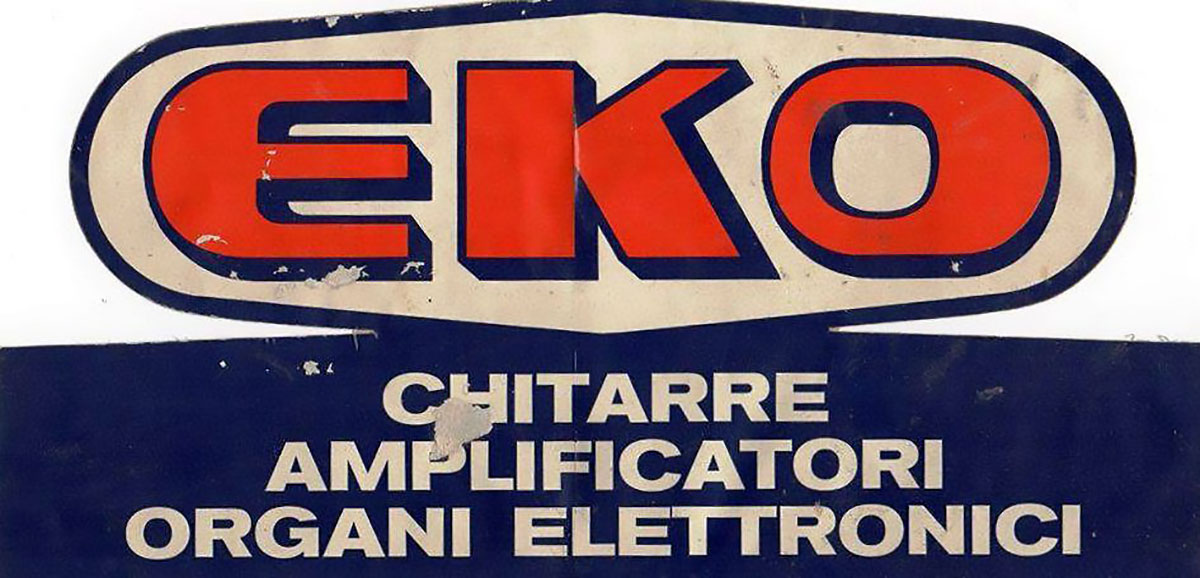







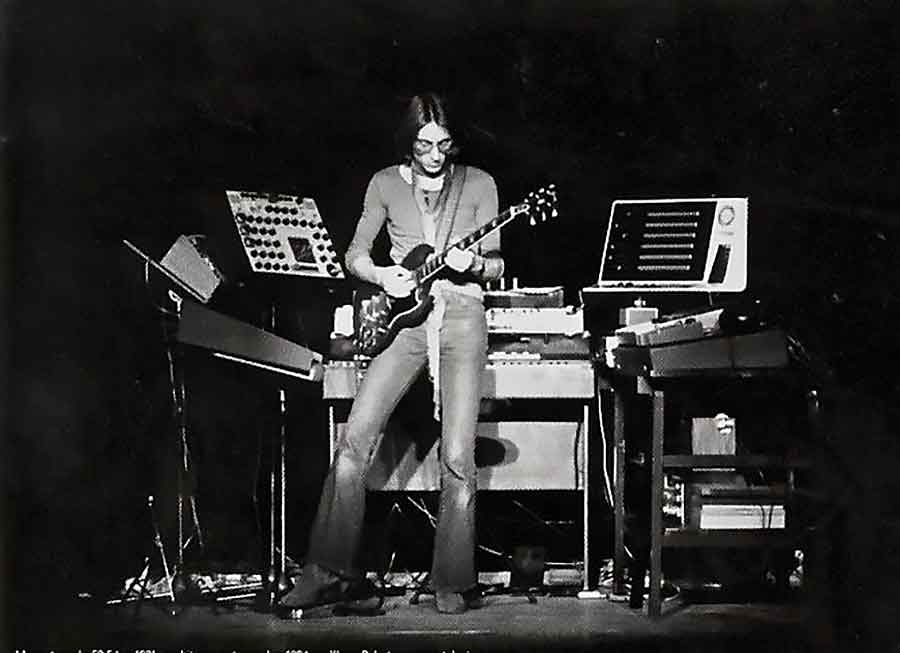
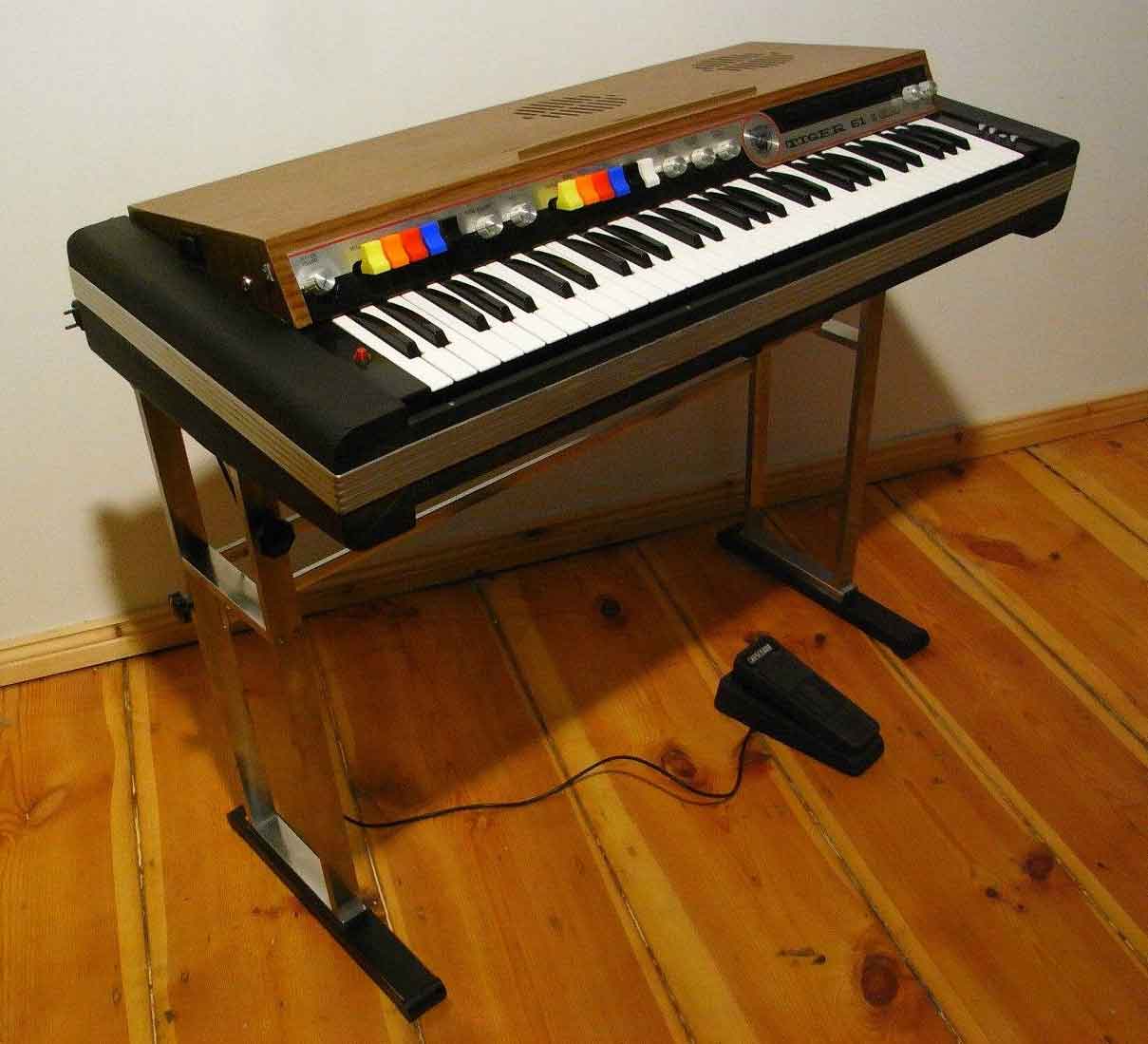
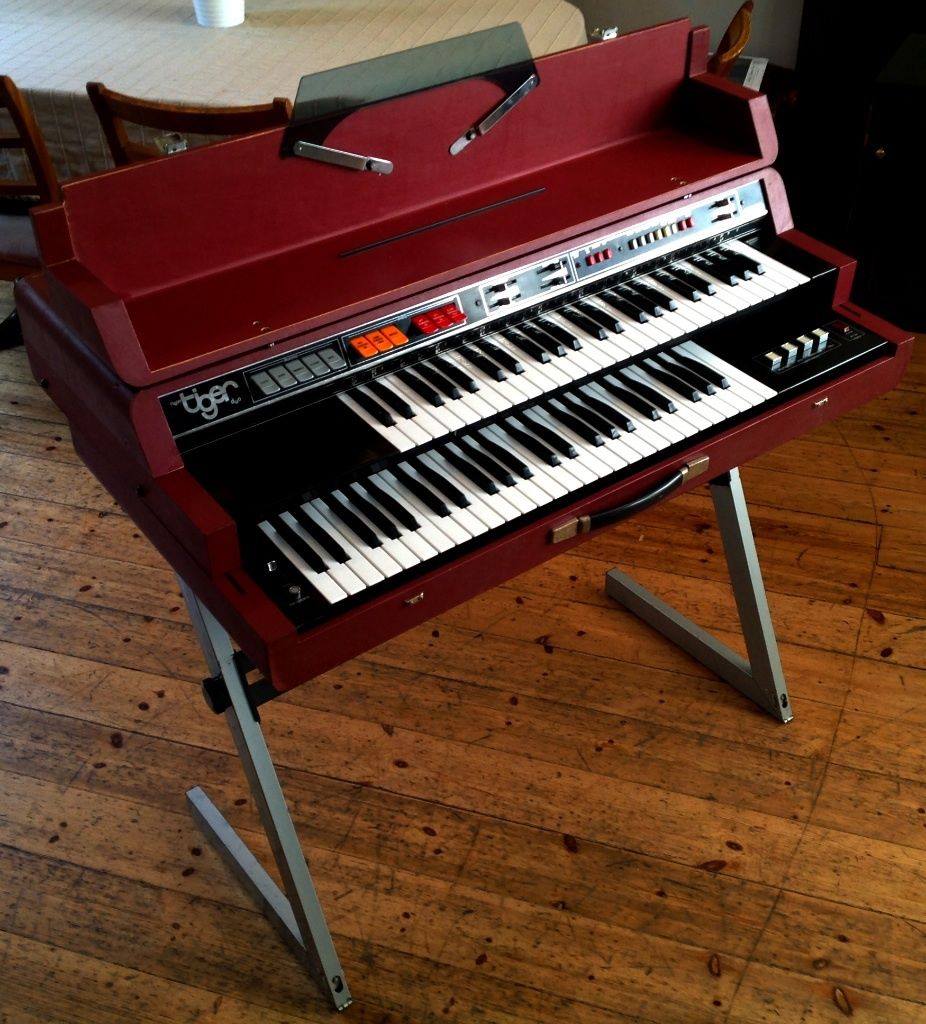
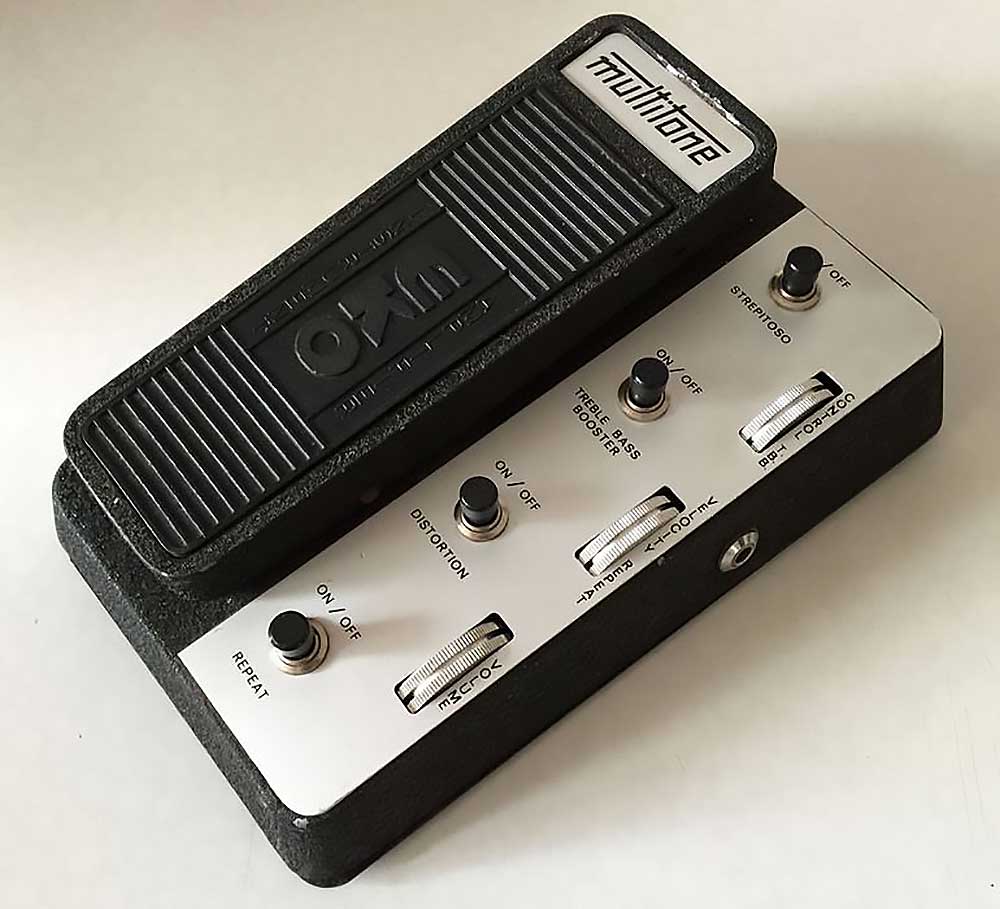
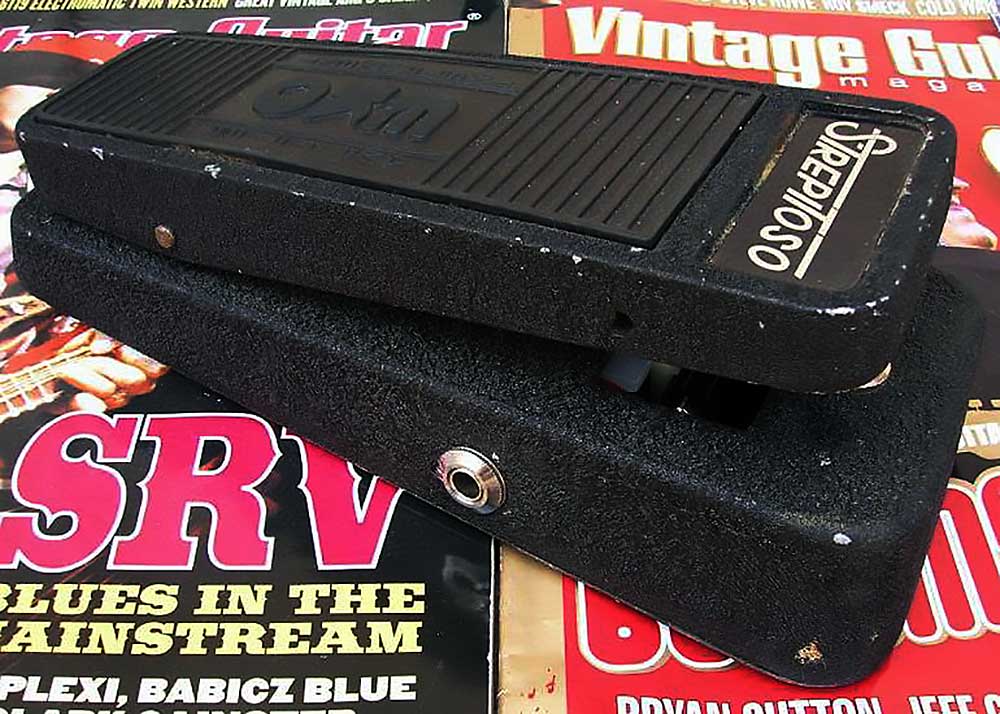
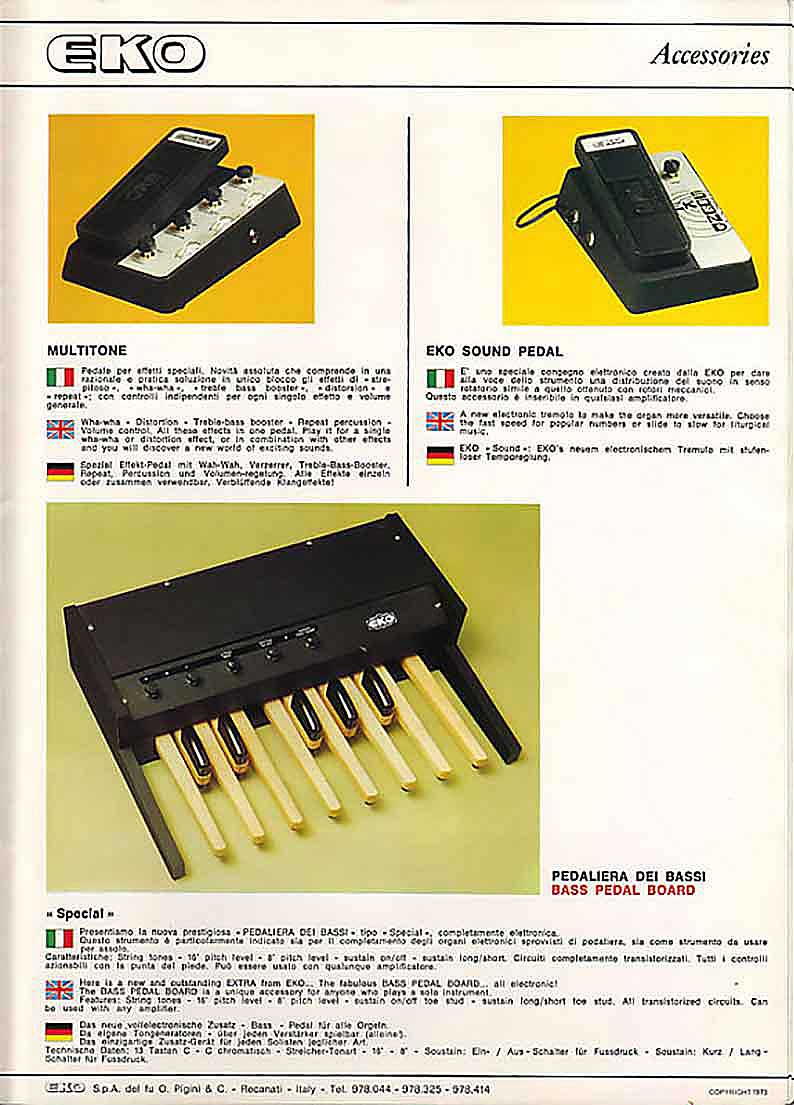
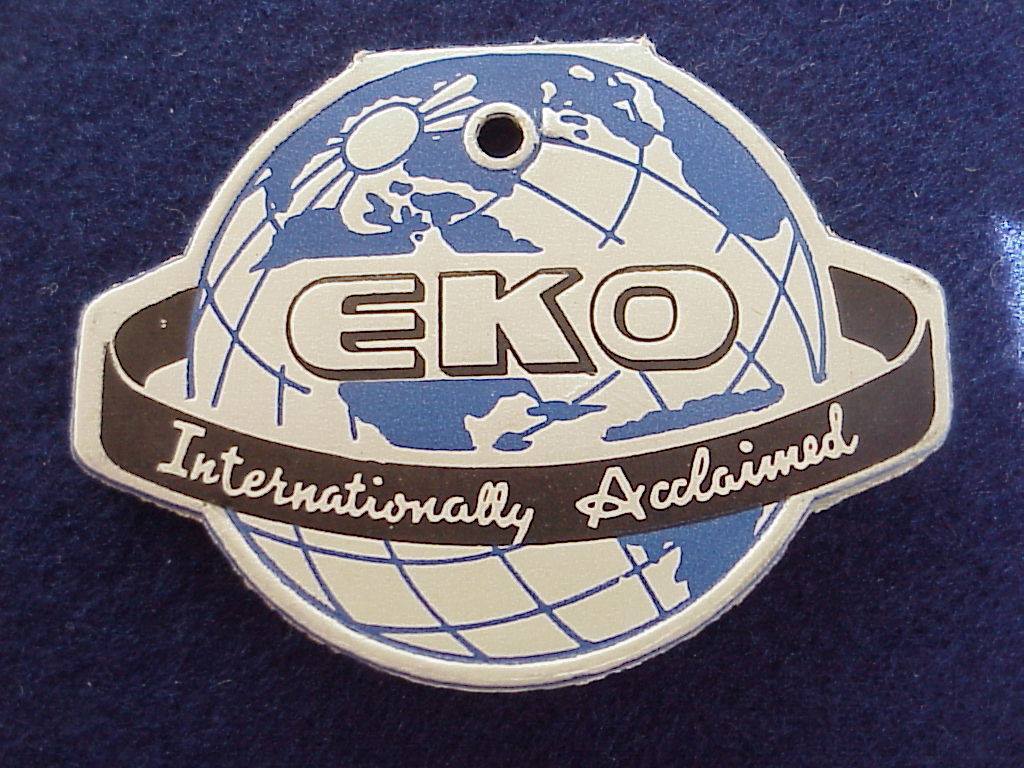
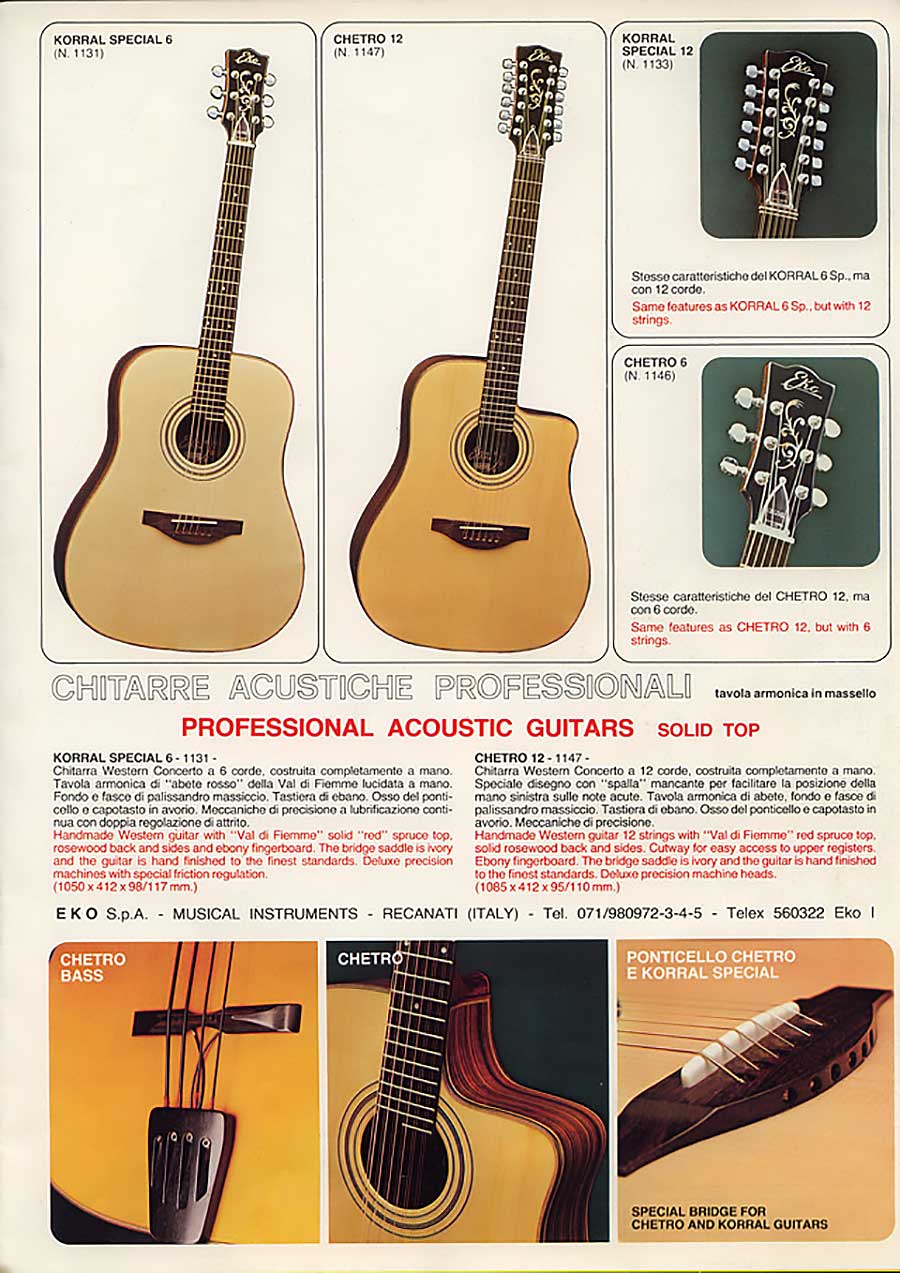

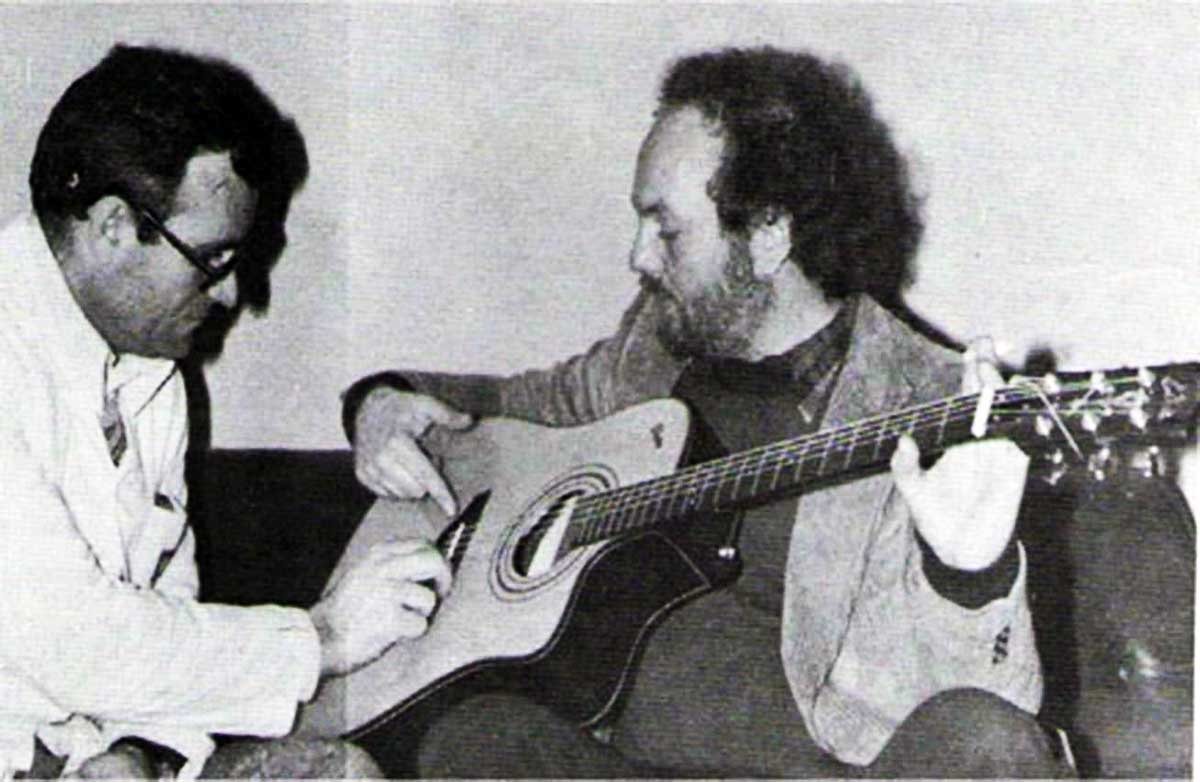
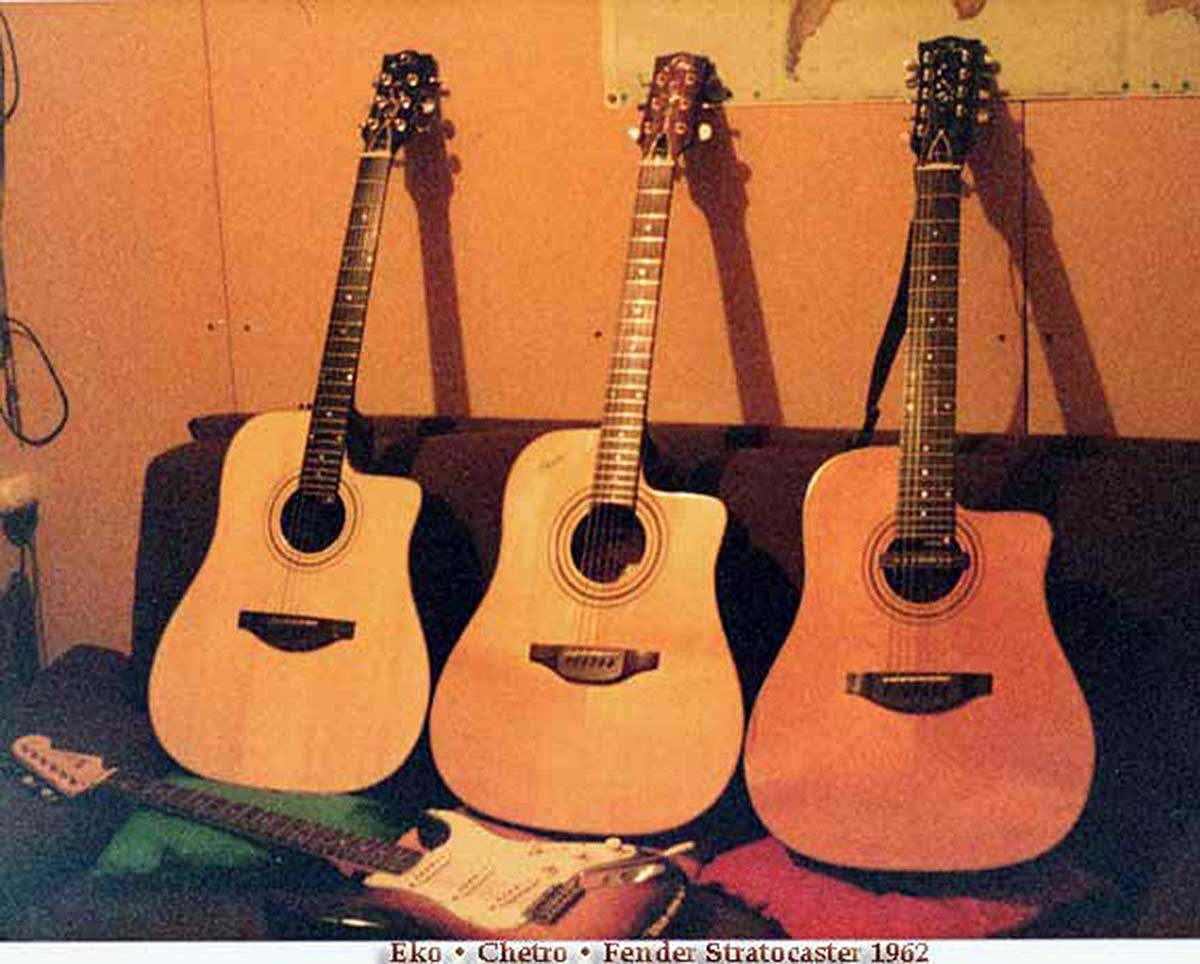
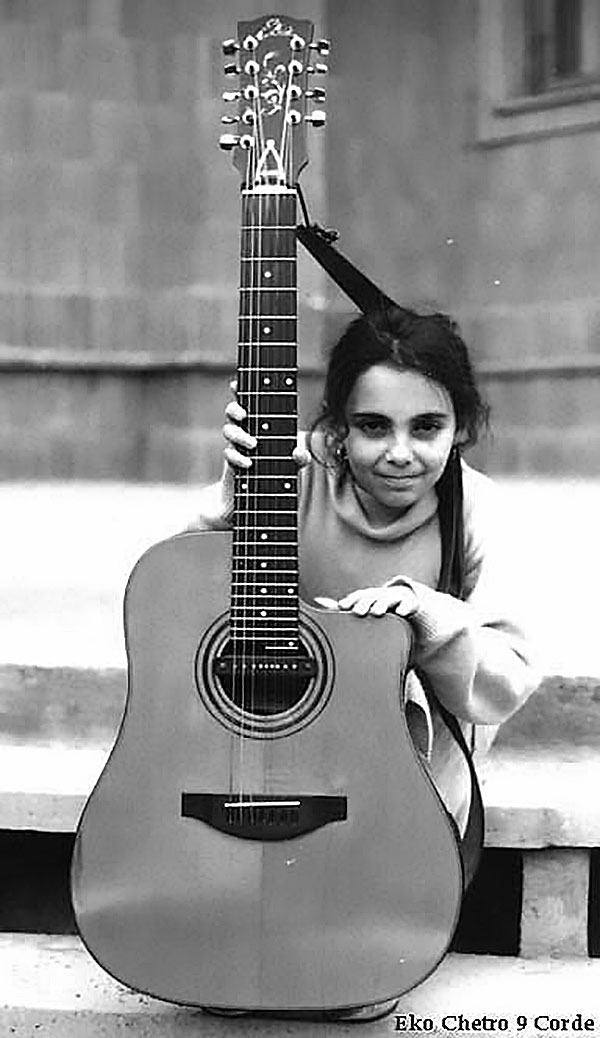





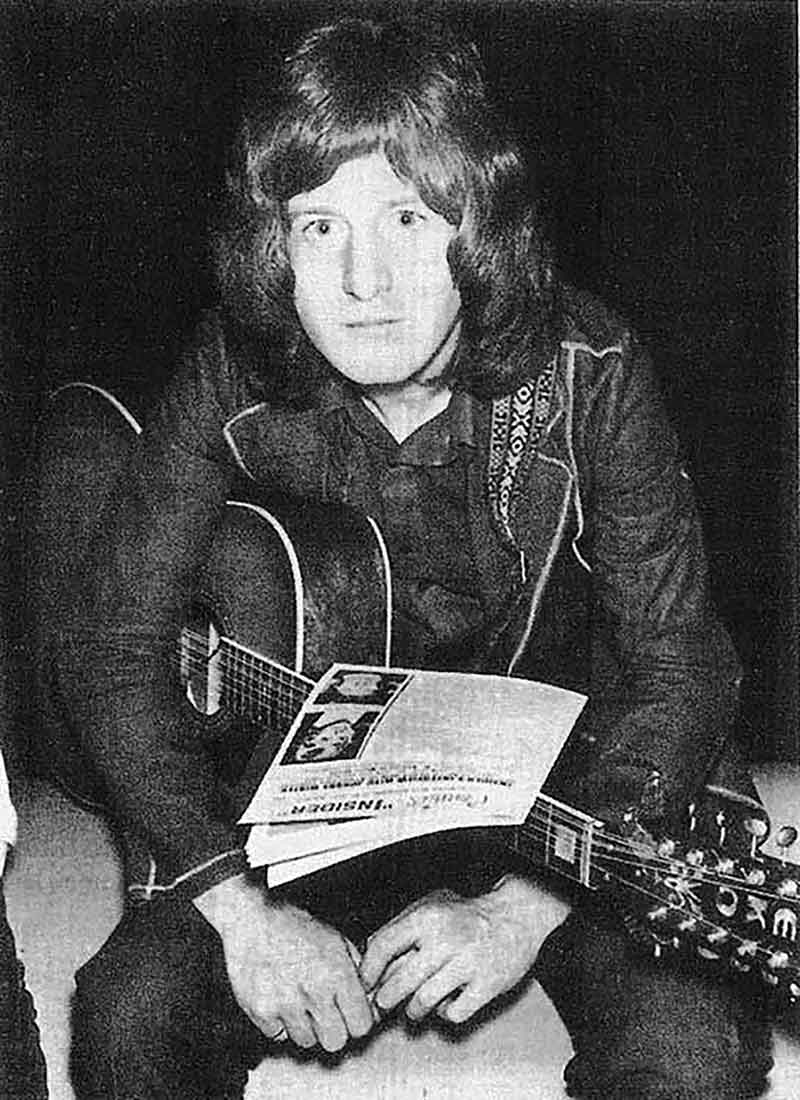
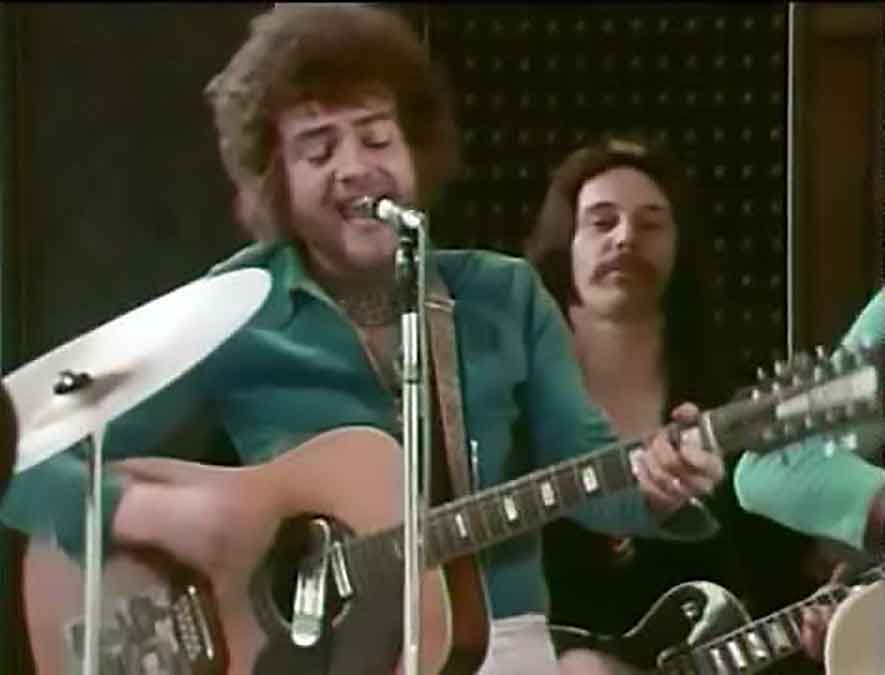

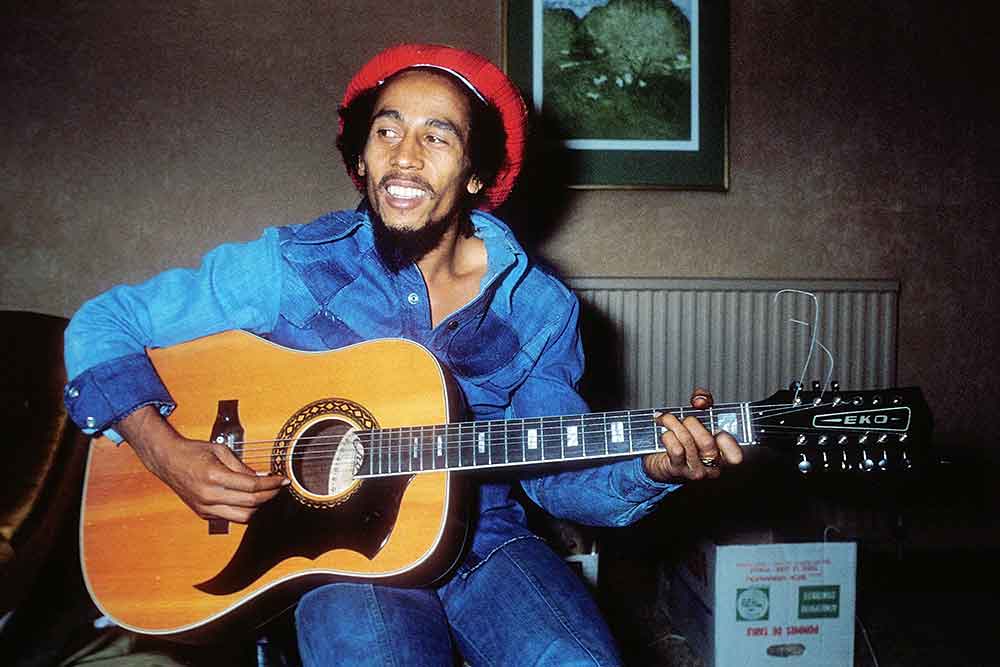




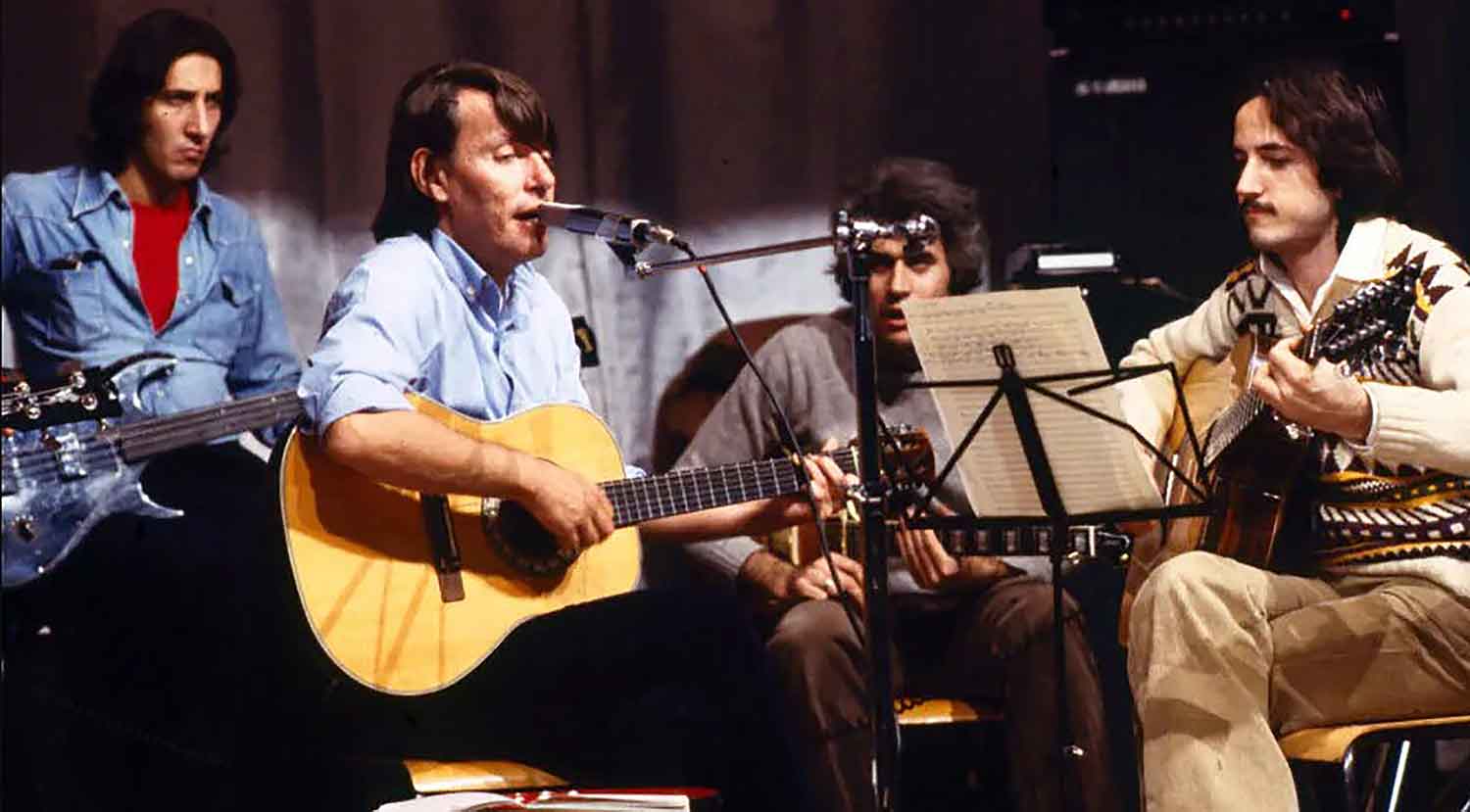
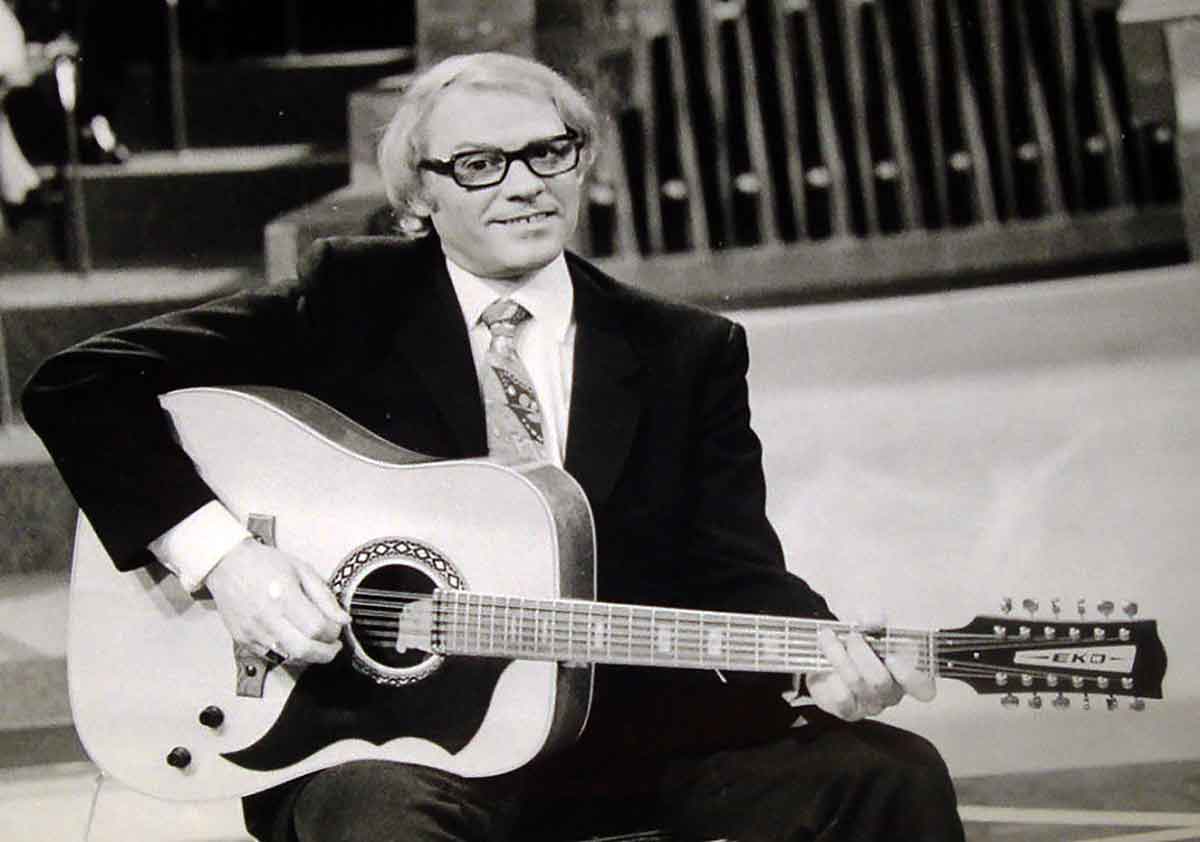









Trying to identify Eko amp. Have picture from early 1970’s
Hi, you can send pictures to our mail. Cheers